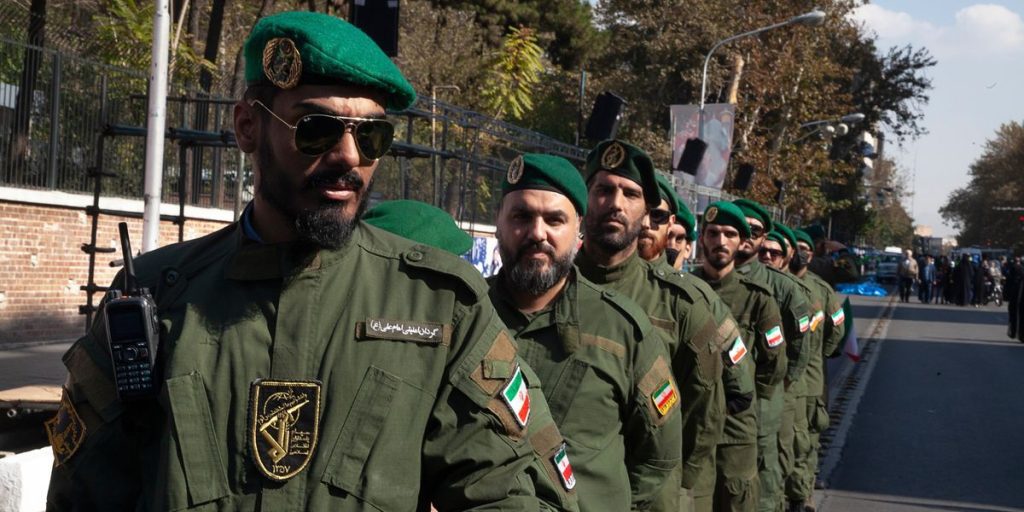Ceasefire in the Israel-Iran Conflict
In a surprising development in the ongoing Israel-Iran conflict, President Donald Trump declared a ceasefire just six hours after Iran attacked the Al Udeid Air Base, a key U.S. military installation outside of the U.S., which houses the CENTCOM Forward Headquarters. This ceasefire, which was put into effect within the next 18 hours, contradicts predictions that Iran’s retaliation for the U.S. strikes on its nuclear facilities would escalate tensions further, though it seems to be holding for now.
Calls for Regime Change Persist
Despite the cessation of bombing, the push for regime change in Iran continues. Although Trump has softened his stance, former National Security Adviser John Bolton maintains that regime change is essential for achieving peace and security in the Middle East. This view is echoed by various figures, including Reza Pahlavi, the exiled son of Iran’s former monarch.
The Challenges of Regime Change
For many Iranians, the push for regime change feels like a betrayal of their aspirations for democracy, which they hoped to achieve through peaceful protests. It raises critical questions about governance: Who will lead after a regime change, and is there a coherent plan for the future? According to experts on Iran, the prospects are grim.
Lack of Viable Leadership
Hamid Dabashi, a scholar in Iranian Studies at Columbia University, asserts that no viable leadership exists to fill the potential power vacuum left by the regime. He notes that opposition groups like the monarchists and Mojahedin lack popular support, while significant portions of the population still back the existing regime despite discontent.
The Role of the IRGC
In the event of a regime collapse, the Iranian Revolutionary Guards Corps (IRGC) could emerge as the dominant power rather than democratic forces. This raises concerns that any shift in governance could devolve into a military dictatorship rather than lead to democracy. Thomas Warrick, a former senior U.S. State Department adviser, warns that a military dictatorship led by the IRGC is the most likely outcome unless significant external interventions occur, which currently seem unlikely.
Risks of Regional Instability
The sudden fall of the Iranian regime could also spark fragmentation within Iran, leading to increased secessionist movements from various ethnic groups. Neighboring countries are unlikely to stay neutral, further isolating Iran and heightening the potential for regional conflict. The historical legacy of foreign interventions, particularly the 1953 coup that overthrew Mohammad Mosaddegh, looms large, reminding many Iranians that outside interference often leads to greater repression rather than freedom.
Rethinking U.S. and Israeli Policies
There needs to be a reevaluation of current U.S. and Israeli approaches toward Iran. Historical evidence shows that military interventions have typically resulted in chaos rather than democracy. Instead of fostering an environment conducive to democratic governance, these strategies create vacuums often filled with violence and conflict. The international community must learn from past mistakes and prioritize planning for the aftermath of any potential regime change.



